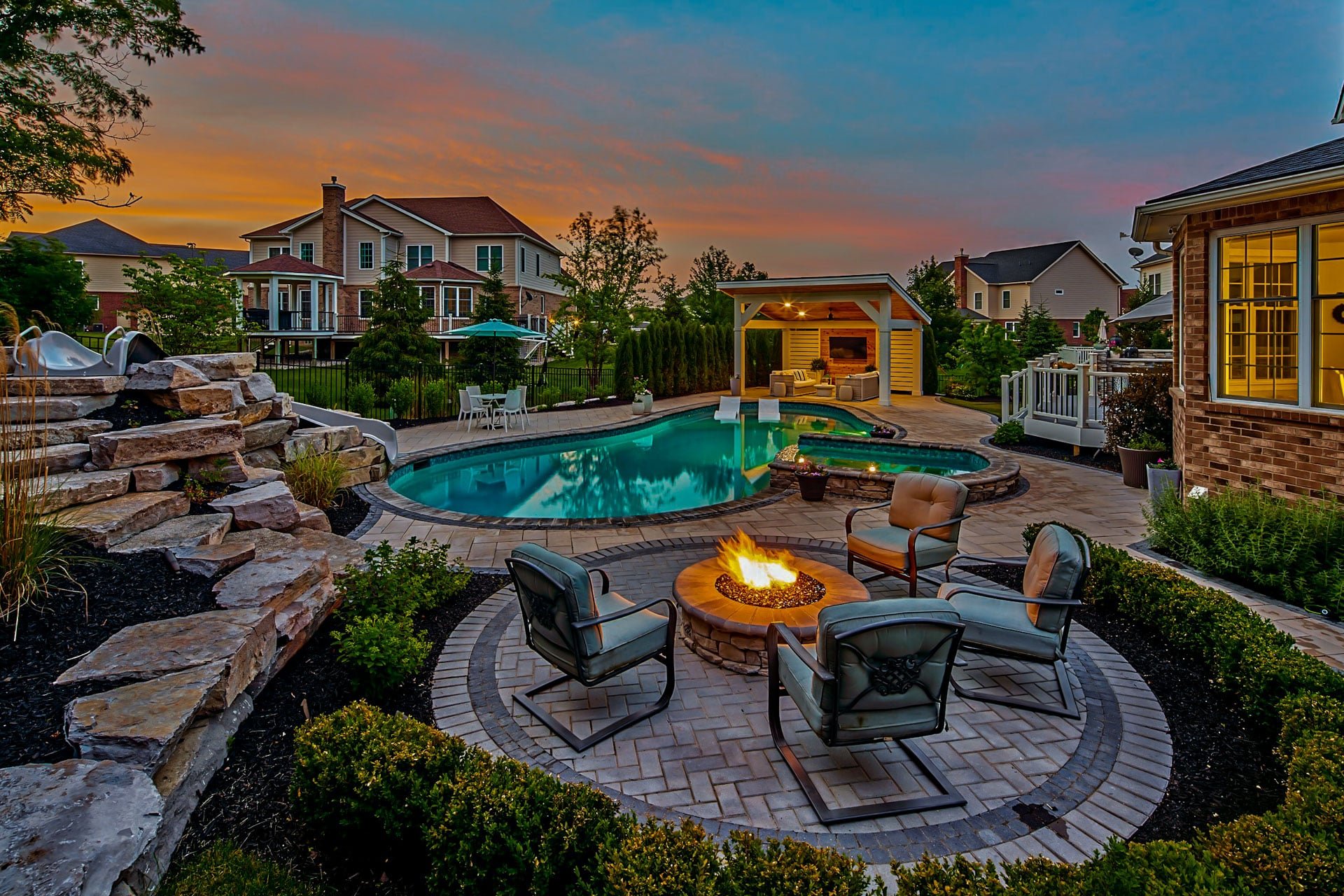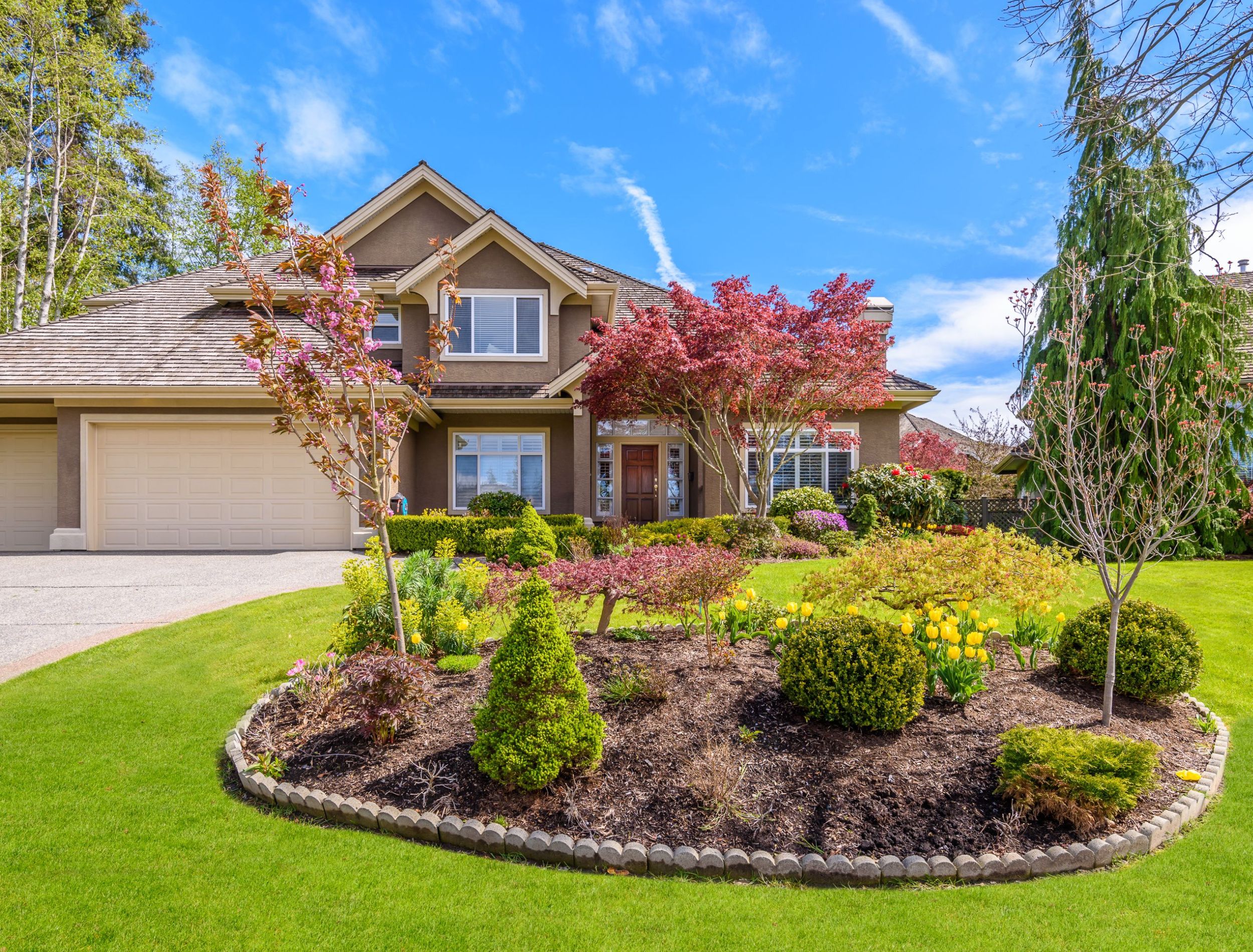The Relevance of Comprehending Various Sorts Of Landscape Design for Your Yard
Recognizing the various types of landscaping is an important component in crafting a garden that not just mirrors personal preference however additionally meets environmental requirements. Each landscaping design-- be it official, home, sustainable, or urban-- offers distinct benefits that can dramatically influence the general health and wellness and visual appeals of your exterior room.
Advantages of Landscape Design Knowledge
Comprehending the fundamentals of landscaping provides numerous benefits for both beginner and knowledgeable gardeners alike. A strong grasp of landscaping principles enables individuals to develop aesthetically attractive and functional outside spaces that straighten with their personal choices and the particular features of their gardens.
One significant benefit is enhanced environmental health. Understanding of indigenous plants and sustainable techniques allows garden enthusiasts to cultivate ecosystems that advertise biodiversity while decreasing the demand for chemical plant foods and chemicals. Additionally, recognizing soil kinds and drain can lead to much healthier plant growth and decreased disintegration.
Landscape design knowledge also improves the aesthetic value of a residential property. By discovering design components such as shade, structure, and range, gardeners can develop cohesive and inviting landscapes that enhance visual allure. This not just boosts personal enjoyment however can also improve residential property worth.
Furthermore, informed gardeners can save time and resources. Acknowledging the right plants for certain conditions, such as light and wetness levels, makes sure that initiatives are not lost on improper options. Inevitably, a thorough understanding of landscape design equips people to make educated decisions, promoting a much more gratifying gardening experience.
Summary of Landscaping Types
Landscape design incorporates a variety of designs and strategies, each tailored to meet the unique demands and choices of garden enthusiasts. Comprehending these diverse types is crucial for developing an exterior area that aligns with individual preferences and ecological considerations.
One preferred kind is conventional landscaping, identified by organized layouts, well-defined flowerbeds, and making use of symmetrical growings. This style frequently emphasizes a feeling of order and consistency within the garden - Commercial Landscaping. On the other hand, naturalistic landscaping concentrates on imitating the beauty of nature, using natural types and native plants to develop a more loosened up and informal atmosphere
Sustainable landscape design has obtained grip, advertising environment-friendly techniques that save water and decrease chemical use. This method typically includes xeriscaping, which uses drought-resistant plants ideal for arid environments. Additionally, metropolitan landscape design addresses the obstacles of limited room in city environments, commonly utilizing vertical yards and roof spaces to maximize plant.
Formal Landscape Design Explained
Defined by its thorough design and structured aspects, official landscape design produces an atmosphere of beauty and class in exterior spaces. This style highlights proportion, geometric forms, and distinct lines, usually incorporating manicured hedges, topiaries, and orderly flower beds. The general impact is a polished and polished atmosphere that attracts focus to architectural features and enhances the charm of the surrounding landscape.
In formal landscaping, pathways find are commonly straight and may be lined with uniform materials such as brick or stone. These paths typically cause focal factors such as water fountains, sculptures, or decorative trees, further enhancing the structured nature of the layout. Shade schemes often tend to be extra minimal, concentrating on harmonious combinations that promote a tranquil ambience.
Water functions in formal landscapes are typically developed with precision, frequently looking like rectangle-shaped or round pools. The careful positioning of plants is critical, with varieties selected for their capability to preserve a neat appearance throughout the periods. On the whole, official landscaping is perfect for those who value order and sophistication, offering an ageless aesthetic that can considerably boost the worth and appeal of exterior rooms.
Cottage Garden Attributes
Cottage yards typically stimulate a sense of beauty and whimsy, mixing a variety of plants in a seemingly slipshod yet harmonious setup. Characterized by their rich, informal design, these yards usually include an eclectic mix of blooming perennials, veggies, natural herbs, and annuals. This diverse planting not just produces aesthetic interest however also draws in valuable insects and advertises a well balanced ecological community.
A vital characteristic of cottage yards is their use conventional materials and frameworks. Rock paths, rustic fencing, and wooden trellises are frequently included to enhance the garden's enchanting appeal. Furthermore, the addition of seating locations, such as arbors or benches, encourages relaxation within this peaceful atmosphere.
Shade plays a substantial role in cottage yards, with a focus on soft pastels and vibrant hues that evoke a sense of nostalgia. Flowers like foxgloves, roses, and hollyhocks are staples, often intermingled with fragrant herbs such as lavender and thyme.
Home yards show an approach of welcoming nature's changability, leading to a special and welcoming area. By prioritizing biodiversity and aesthetic appeal, they produce a stunning setting for both garden enthusiasts and casual observers alike.
Lasting Landscape Design Practices
Including sustainable landscape design techniques is essential for producing environmentally friendly yards that grow while lessening their environmental effect. Commercial Landscaping. Lasting landscape design concentrates on the reliable use of resources, advertising biodiversity, and boosting the native environment
One trick method is selecting indigenous plants, which are well-adapted to regional conditions and call for much less water, fertilizer, and chemicals. This not only conserves sources yet likewise supports neighborhood wildlife, consisting of pollinators. Carrying out water-efficient irrigation systems, such as drip watering or rainwater harvesting, further preserves water while guaranteeing that plants receive appropriate dampness.

Furthermore, lowering lawn areas and including hardscaping aspects can lessen upkeep and source usage. These methods advertise an even more lasting landscape that requires fewer inputs and supplies ecological benefits. By accepting these approaches, garden enthusiasts can create areas that are not only lovely but also contribute positively to the atmosphere, cultivating a harmonious balance in between nature and human activity.

Conclusion
In verdict, a detailed understanding of various landscape design types is essential for producing an aesthetically pleasing and eco sustainable yard. Eventually, welcoming diverse landscape design techniques fosters a harmonious connection between exterior spaces and their settings, promoting lasting ecological equilibrium.
Understanding the different kinds of landscaping is an click over here now essential element in crafting a yard that not just reflects individual preference but additionally meets environmental demands. Each landscaping style-- be it official, cottage, sustainable, or city-- provides distinctive advantages that can dramatically influence the general wellness and looks of your exterior space. In contrast, naturalistic landscape design concentrates on mimicking the charm of nature, making use of indigenous plants and organic kinds to produce a much more loosened up and informal environment.
Furthermore, metropolitan landscape design addresses the challenges of limited area in city settings, commonly utilizing vertical gardens and rooftop spaces to maximize greenery.
In conclusion, an extensive understanding of different landscape design kinds is necessary for developing a visually pleasing and eco lasting yard. (Las Vegas Landscaping)